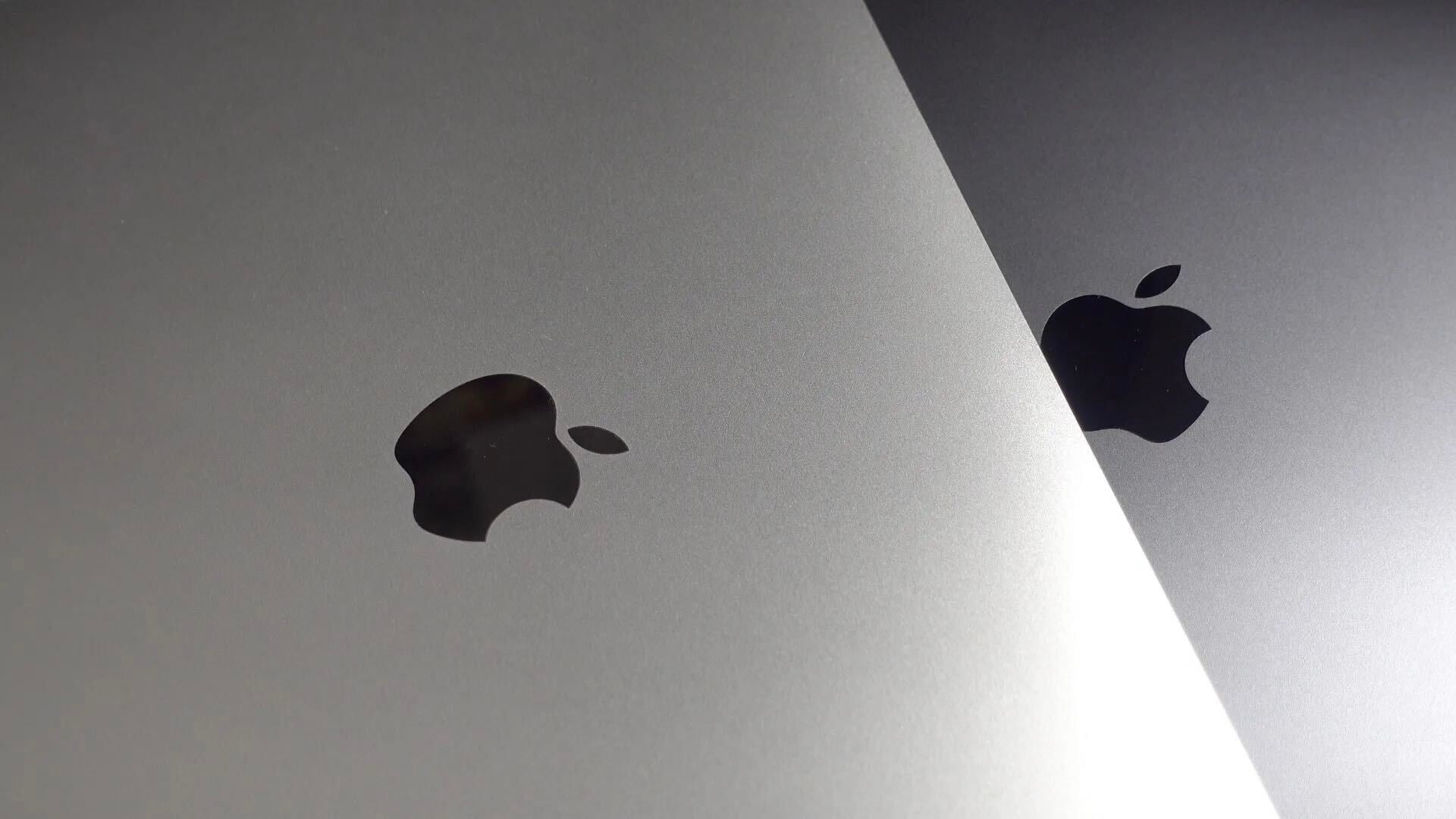The Google Chromecast with Google TV (HD) brings the full Google TV experience to a highly affordable package. It delivers a robust streaming platform in a compact dongle, pairing a familiar remote with easy access to a wide library of apps. At around $30, it positions itself as a compelling option for budget-conscious buyers who still want a smart TV experience without sacrificing usability. While it cannot match the 4K model on resolution and certain audio capabilities, it remains a strong entry point for secondary rooms, dorm setups, or anyone prioritizing cost and simplicity over ultra-high-definition output.
Design and hardware
The Google Chromecast with Google TV (HD) preserves the recognizable form factor of the high-end Chromecast family, presenting a sleek dongle that plugs into an HDMI port and draws power via a USB-C connector. In terms of outward appearance, the HD version is presented predominantly in white, while the more expensive 4K variant offers additional color options, giving the premium model a slight visual distinction. If you’ve seen the 4K model, you’ll notice the physical design cues are largely the same; the HD version simply lacks the color variety offered by the higher-resolution sibling.
The construction feels sturdy for a streaming stick, with a compact build that minimizes clutter behind the television. One practical note is the power requirement: unlike some stick-based devices that pull power directly from the HDMI port, this Chromecast model typically needs a dedicated power source. This is standard for most streaming dongles and ensures stable operation, especially when streaming at higher bitrates or using feature-rich apps. The package typically includes a short HDMI cable, but the device’s need for external power means you should plan for an available USB power outlet or a powered USB hub if your television’s USB port cannot supply sufficient current.
The remote is a key part of the user experience, and on the HD model, it mirrors the familiar form factor and feel of the 4K remote. It’s compact, with a smooth button layout that includes Google Assistant for voice control, and quick-access buttons for popular apps such as YouTube and Netflix. The layout emphasizes quick navigation and ease of use, prioritizing a straightforward, practical experience rather than a feature-rich, high-end remote. The overall design harmony between the dongle and the remote—both in aesthetics and usability—helps reinforce a cohesive user experience, particularly for those who value simplicity and a clean setup.
In terms of build quality and durability, the HD unit adheres to the same design philosophy as its larger sibling, focusing on reliability and a minimal footprint. The white color scheme gives it a neutral, unobtrusive appearance that blends well with most living rooms and setups. For users who care about a more colorful or premium aesthetic, the 4K version’s broader color choice remains a differentiator, but the HD model’s understated look matches its budget positioning without sacrificing functionality.
Software and user experience
The centerpiece of the Chromecast with Google TV (HD) is Google TV, a robust front-end that aggregates content across installed apps while offering personalized recommendations. The interface is organized into a top row of apps and a lower, scrollable feed of content from those apps, making it easy to resume shows or discover new material without hunting through multiple screens. This hierarchical layout is designed to minimize friction and keep viewing options a few taps away.
One of the major benefits of Google TV is its deep integration with the broader Google ecosystem. Quick access to Google Assistant enables hands-free control for finding content, checking the weather, answering questions, or controlling compatible smart home devices. The voice control experience is intuitive and responsive, with the ability to perform searches across apps and to launch content directly through spoken commands. For households already using Google services, this integration feels natural and should reduce the friction involved in switching between apps and accounts.
The HD model’s software experience is largely identical to the 4K variant, with one notable caveat: output resolution is capped at 1080p. This means that while you can enjoy HDR-capable content and a feature-rich interface, the device will not natively render 4K video. For many users, this trade-off is acceptable, especially if they are streaming to a non-4K TV or are budget-conscious. The platform’s built-in HDR support improves color and contrast on compatible displays, enhancing the overall picture quality even at 1080p. However, if your primary TV is 4K and you value the higher resolution for streaming, upgrading to the 4K model remains the recommended path.
In terms of audio capabilities, the device supports Dolby Digital, which provides a clear and immersive sound experience for most content. It does not, however, support Dolby Atmos or higher-height channel configurations, which means the most immersive audio experiences available on higher-end devices aren’t fully realized here. For most users, this distinction matters mostly for cine-like setups or high-end sound systems that rely on object-based sound formats. If your audio system or soundbar supports advanced formats, you may not benefit fully from those features when using the HD Chromecast.
Navigation and app management on Google TV are straightforward and responsive for the most part. The interface feels quick, with smooth transitions between screens and minimal loading when switching between apps or resuming content. There can be occasional minor stutters, particularly after software updates or while running multiple apps, but these moments are typically brief and don’t significantly disrupt general use. Overall, the software experience on the HD model is a strong representation of Google TV’s core strengths: intuitive organization, robust search, and a highly accessible ecosystem for streaming content.
Video and general performance
Video performance on the HD Chromecast centers around 1080p output and HDR-capable playback where supported by content and display hardware. For users accustomed to 4K visuals, the difference is noticeable, especially on large-screen TVs where the increased pixel density contributes to crisper details and finer textures. On the other hand, HDR support on compatible displays helps deliver more vibrant colors and better dynamic range, which can elevate the viewing experience even at 1080p.
When feeding content, the device generally provides a smooth experience, with the user interface feeling responsive and reasonably quick to navigate. However, there are occasional skips or stutters, particularly during busy moments on the home screen or when launching content from a paused state. These hiccups are not pervasive, but they are present enough to be noticeable, and they can be somewhat disruptive during critical viewing moments. This suggests the device performs well in baseline usage but may struggle with sustained heavy processing or with future software updates that push the hardware harder.
Video streaming quality itself is typically solid at 1080p, and HDR can deliver richer color and contrast where the content supports it and the display can render it. If you have a modern 1080p TV with HDR support, you may still experience strong color reproduction and dynamic range improvements that keep the viewing experience engaging. For users with 4K TVs, the 4K Chromecast will obviously maximize the display’s capabilities by rendering at higher resolutions, so those seeking the sharpest possible image should consider the 4K model instead.
Audio performance aligns with expectations for a streaming dongle at this price point. Dolby Digital support provides clean, robust sound for most content, though the lack of Dolby Atmos means there aren’t height-channel effects that some immersive streaming experiences offer. In practical terms, most users will find the audio experience more than adequate for movies, shows, and music videos, especially when paired with a capable sound system or a good-quality soundbar. The combination of reliable video delivery and standard, e-level audio makes the HD Chromecast a solid choice for budget-conscious households that don’t need the highest-end audio formats.
Setup, usability, and everyday use
Setting up the Chromecast with Google TV (HD) is straightforward and designed to get you streaming quickly. The process involves plugging the dongle into an HDMI port, connecting the power supply, selecting the HDMI input on the television, and following on-screen prompts to connect to your Wi-Fi network and sign in with a Google account. The overall setup flow is intuitive, with helpful on-screen tips guiding new users through the essential steps. Once configured, most users can start exploring the Google TV interface within minutes.
Using the device day-to-day is a matter of a few simple actions: power on the TV, pick the Chromecast input, and use the remote to navigate the home screen, select apps, or ask Google Assistant to search for content. The remote’s layout is comfortable and familiar, with quick-access buttons designed to streamline common tasks like launching YouTube or Netflix, and a central Google Assistant button for voice queries. The design prioritizes convenience, and in practice, it makes binging or discovering content straightforward and relaxing.
One practical consideration for daily use is the device’s power requirement. Because the HD version uses an external power source, you’ll need a reliable power connection near the TV. This is a small but important factor for a clean setup, especially in smaller rooms or dorms where power outlets may be at a premium. Additionally, while the interface is easy to navigate, users should be aware that some apps can have different performance profiles, so a few apps may feel snappier than others, depending on the software optimization and the content being streamed.
For households that rely extensively on Google services, the integration is particularly strong. You can use Google Assistant to find content, control smart home devices, or pull up information without interrupting the viewing experience. This ecosystem-centric approach is a clear selling point, especially for users who already lean into Google’s software stack.
Value, pricing, and market position
The Chromecast with Google TV (HD) is positioned as a budget-friendly alternative that still delivers a robust streaming platform. With a price around $30, it undercuts many competing streaming players while offering one of the most user-friendly interfaces available in the space. The appeal is not limited to low price: the device also brings the full Google TV experience, including a well-organized app layout, a strong search function, and easy access to a broad range of streaming services.
From a value perspective, the HD model shines in scenarios where 1080p output is sufficient or where a secondary TV, bedroom, dorm, or guest room is the primary viewing area. For users who already own a 4K TV or who anticipate upgrading to 4K soon, the 4K Chromecast will be the more future-proof option, offering higher resolution, typically more robust HDR support, and a more expansive feature set. In that light, the HD model is best viewed as an excellent budget entry point or a supplementary streaming device for rooms where 1080p is acceptable and the goal is to maximize value without compromising core functionality.
Market positioning also benefits from the broad Android and Google TV app ecosystem. When comparing to other affordable options, such as budget streaming sticks from major competitors, the HD Chromecast’s software experience remains a strong differentiator. The ease of use, reliable Google TV interface, and universal app availability on Android-based platforms contribute to its appeal for both new adopters and seasoned streamer users who want a straightforward setup with predictable performance.
Competition and ecosystem
In the competitive landscape, the most direct rival to the Chromecast with Google TV (HD) is the Amazon Fire TV Stick family, particularly its budget-oriented options. The Fire TV ecosystem is robust and widely adopted, with a different emphasis on Amazon’s services and a differently organized user interface. For users already invested in Alexa or the broader Amazon ecosystem, the Fire TV line can be appealing because it’s designed to align with those services and shopping experiences. However, the Chromecast HD model excels when a user values Google’s ecosystem and the ease of use offered by Google TV’s search and interface.
The Chromecast HD’s primary advantage over many low-cost alternatives is its combination of platform breadth and ease of navigation. The Google TV interface consolidates content from across multiple apps into a single, discoverable feed, which can reduce the time spent hunting for what to watch. Additionally, the Google Assistant integration offers a seamless way to search content, manage smart-home tasks, and retrieve information without switching inputs or launching separate apps. For households already aligned with Google services, this integration can be a decisive factor in favor of the Chromecast HD.
When considering 4K models versus HD, the decision largely comes down to your television setup and your streaming priorities. If you have a 4K TV and frequently watch high-resolution content, the 4K Chromecast is the natural upgrade, providing higher resolution, compatible HDR experiences, and the option for more advanced audio formats. If you’re looking for a low-cost, reliable streaming solution for a secondary TV or a budget-conscious living space, the HD version offers a compelling value proposition without forcing a significant compromise on core features.
Use-case scenarios and buying guidance
The Google Chromecast with Google TV (HD) finds its strongest footing in several practical scenarios. For households with multiple TVs, this device can serve as a dedicated streamer for a guest room, a living room secondary screen, or a dorm room where space and budget are at a premium. Its compact form factor and straightforward setup make it an ideal solution for renters or students who want a simple, reliable streaming experience without a large financial commitment.
If you already own a 4K TV but want a budget-friendly companion device for a secondary space, the HD model is still a strong contender for those contexts where 1080p is acceptable. In cases where HDR support is valuable and your display can showcase it, the HDR feature extends to supported content, enhancing color and contrast. However, for viewers seeking the latest in visual fidelity, the 4K Chromecast remains the recommended option.
On the audio side, the absence of Dolby Atmos means that you won’t gain the object-based sound effects that some premium setups offer. For many casual watchers, this limitation won’t be a deal-breaker, particularly when paired with a quality soundbar that provides clear, engaging sound without the overhead of Atmos. If you place priority on immersive audio formats, you’ll want to consider devices that explicitly support Atmos or a home theater setup that already includes such capabilities.
For families or spaces where streaming accounts are shared across people with different services, Google TV’s broad app support and integrated search can streamline access to content from multiple providers. The HD model’s strength lies in its ability to deliver a cohesive experience without complicating the user journey—ideal for households that value simplicity, quick access, and an interface that minimizes friction.
If you’re contemplating a purchase, the decision tends to hinge on two factors: your 4K needs and your budget. If you require 4K streaming, HDR10+ content, or immersive audio formats, you should opt for the 4K Chromecast or another higher-end streaming device. If your primary concern is to obtain a capable streaming platform at the lowest possible price, and you’re comfortable with 1080p output, the Chromecast with Google TV (HD) is a compelling choice that covers essential streaming needs with a superior interface and broad app support.
Pros, cons, and practical recommendations
Pros
- Extremely affordable price point, delivering a full Google TV experience.
- User-friendly remote with quick-access buttons and robust voice control via Google Assistant.
- Google TV interface is intuitive, organized, and easy to navigate, with strong ecosystem integration.
- HDR support enhances color and contrast on compatible displays even at 1080p.
- Solid app compatibility and broad support for streaming services.
Cons
- Limited to 1080p output; not suitable for viewers who demand 4K resolution.
- Audio limitations include Dolby Digital support but not Dolby Atmos, which may matter for high-end sound systems.
- Occasional performance hiccups such as skips or stutters, particularly after updates or under heavy app workloads.
- Requires an external power source, which adds a small amount of additional setup complexity.
Practical recommendations
- If you’re shopping for a budget-friendly streaming device for a secondary TV, this Chromecast HD offers an excellent balance of price and usability.
- If you already own a 4K TV or plan to upgrade soon, evaluate whether you want to maximize picture quality with a 4K model. The HD version remains valuable in scenarios where 1080p is acceptable and simplicity is preferred.
- For Google ecosystem enthusiasts, the Google TV integration and Assistant support add tangible value that can influence the purchasing decision in favor of the HD model.
Troubleshooting and optimization tips
- If you notice occasional stuttering, ensure the TV’s VPN or network settings aren’t throttling streaming performance. Check for network congestion and, if possible, connect the Chromecast HD to a more stable Wi-Fi channel or a wired Ethernet setup where available via an Ethernet adapter.
- If HDR content appears washed out or incorrect on your display, verify that both the device and the TV are set to HDR-capable modes. Some TVs may require manual HDR activation for certain apps or content.
- For audio issues, confirm that Dolby Digital is selected in the audio output settings, and ensure your sound system is configured to handle the device’s output. If Atmos is desired, consider upgrading to a device that explicitly supports Atmos or pairing with an Atmos-capable soundbar or receiver.
- If the interface becomes sluggish after updates, a simple restart or a cache refresh can help. In some cases, a factory reset may be warranted, but this should be a last resort after preserving any important account information and app data.
- When setting up, ensure the power supply provides stable current to prevent reboots or performance degradation, especially when streaming at higher bitrates or using recent apps.
Real-world usability and long-term expectations
In real-world usage, the Chromecast with Google TV (HD) typically delivers a reliable streaming experience centered on ease of use and a responsive interface. The device shines in everyday tasks—browsing, switching between apps, searching for content, and launching favorites—thanks to the Google TV framework and its integration with Google Assistant. The remote’s simplicity reduces cognitive load and makes the device approachable for new users, young households, and those who prefer a straightforward setup without a learning curve.
Over the long term, expect occasional software updates that refine performance and expand the available features. As with many streaming devices, performance can evolve with updates, potentially addressing initial hiccups and improving stability. For users who anticipate regular software improvements and a continuously growing app library, the HD model remains a sustainable choice that aligns with budget constraints while still offering the core Google TV experience. For those who demand higher resolution, faster performance in 4K, or more advanced audio formats, upgrading to the 4K Chromecast or similar devices remains a prudent consideration.
Conclusion
The Google Chromecast with Google TV (HD) successfully delivers a complete Google TV experience at a highly affordable price. It provides a user-friendly interface, convenient voice control, and broad app support that make it a compelling choice for budget-conscious buyers who want a smart streaming device for a secondary TV or a dorm setup. While the 1080p limit means it can’t fully exploit 4K displays, HDR support and the polished Google TV interface keep the viewing experience engaging and practical. The combination of value, ease of use, and ecosystem integration makes it a strong option for households that prioritize simplicity and budget, particularly when a higher-resolution alternative is either unnecessary or out of reach.
If you don’t require 4K output and want a dependable, easy-to-use streaming solution, the Chromecast with Google TV (HD) is a solid recommendation. For those seeking 4K fidelity, immersive audio, and a broader feature set, the 4K Chromecast remains the better long-term investment. In summary, the HD version stands out as an excellent budget-friendly gateway into the Google TV world, delivering the essentials with a smooth, approachable experience that suits many modern viewing setups.



